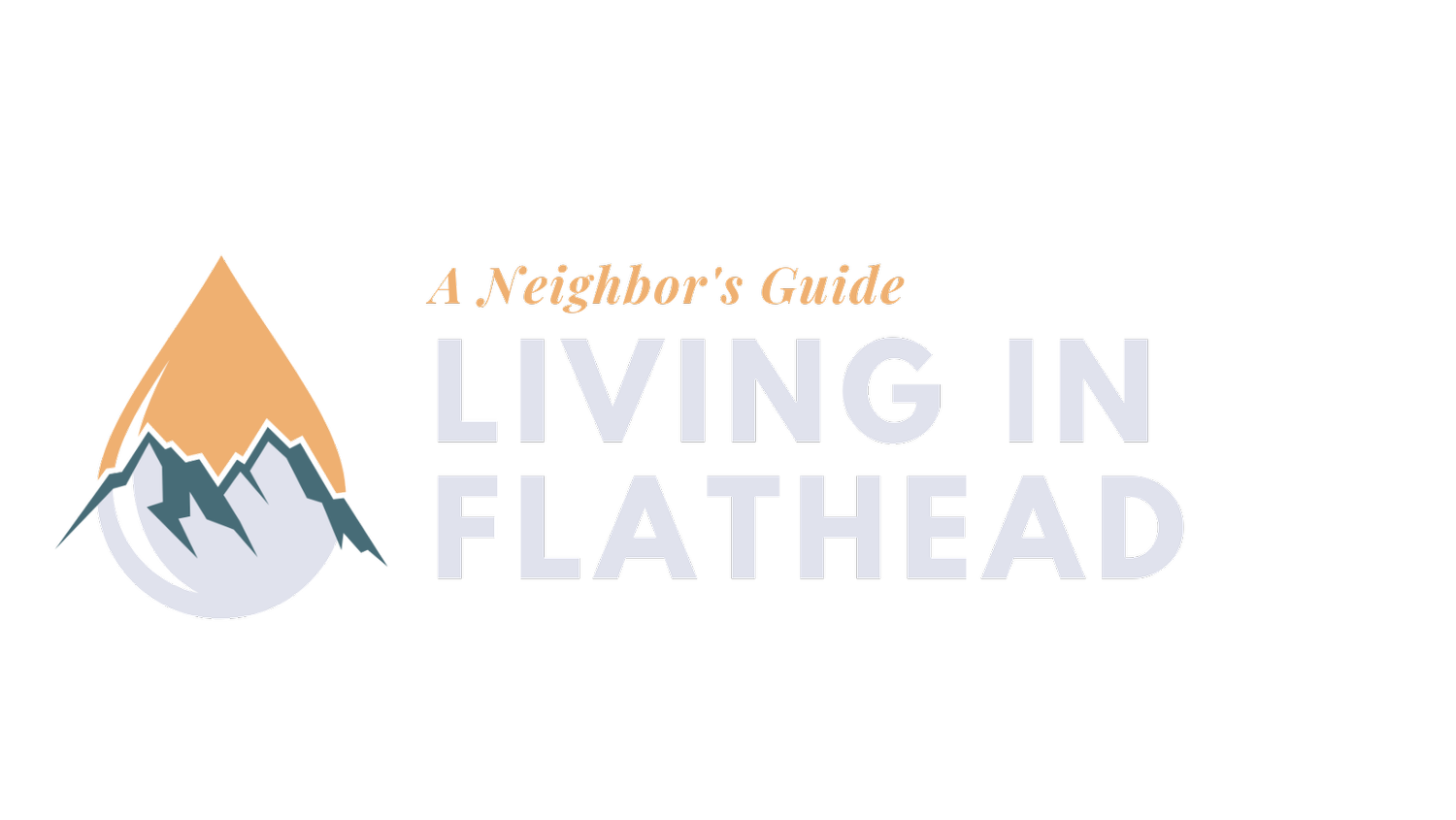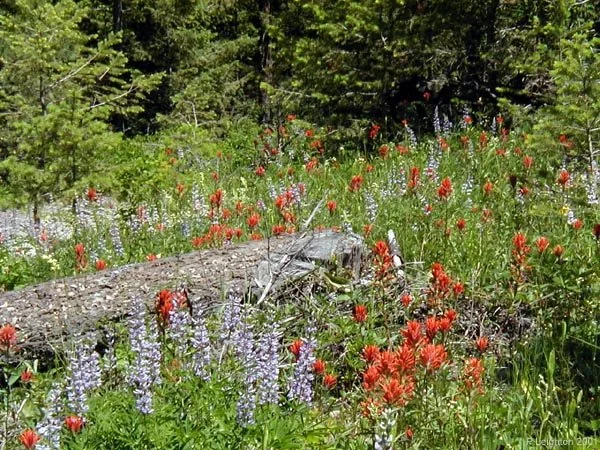
Flathead Forests Management
Our Flathead forests are a vital source of clean water and wildlife habitat. They are also popular with locals and visitors alike for their incredible scenery and year-round activities, such as hiking, birding, hunting, fishing, camping, skiing, horseback riding, mountain biking, snowmobiling, and boating.
These activities support our quality of life, as well as a strong tourism economy – with one fifth of jobs tied to tourism-related industries. The forests also support various harvesting activities, some for leisure and others more lucrative, including timber harvesting, huckleberry and mushroom picking, and skiing operations and resorts.
What are Flathead Forests like?
Flathead’s forests include low montane forests dominated by Douglas fir, western larch, and ponderosa pine; subalpine forests dominated by lodgepole pine, subalpine fir, and Engelmann spruce; and sub-alpine larch at higher elevations.
The forest floor is covered in a rich diversity of plants, beautiful flowers, and mushrooms that support wildlife and delight humans. Throughout the forests and grasslands, there is a mix of wetland types, including fens, marshlands, glaciated ponds, woodland vernal pools, wet meadows, and sloughs, along riparian areas. This mosaic of diverse habitats supports a wide variety of plants, animals, and insects.
Historically, these forests depended on low-intensity wildfires that burned every 10 to 50 years to stay healthy and productive. Native tribes used carefully prescribed fire to enhance forage for game and revitalize berry and camas fields.
Cold-water adapted bull trout trout travel our rivers and lakes. In late summer and early fall, adults may travel to mountain streams to spawn.
About 73% of our Flathead Watershed is forested.
Sustainable Forest Management in Flathead
Private landowners play a crucial role as stewards of Montana’s forests. Covering nearly a quarter of forested areas in the state, private forests offer a myriad of opportunities, from timber harvesting to recreational activities like huckleberry and mushroom picking and hunting agreements with the state.
As responsible landowners, understanding the health of your forest and adopting appropriate management practices is essential to sustain healthy and vibrant ecosystems. This guide points to local programs and resources to help you accomplish just that.
The Importance of Healthy Forests
Flathead's forests and grasslands are vital components of the larger landscape, supporting clean water, diverse wildlife habitats, and thriving native plant communities. Our landscape depends on frequent low-intensity fires to stay healthy and productive. Historically, native tribes deliberately and carefully started low-intensity fires to enhance forage for game and revitalize berry and camas fields.
Modern Challenges
Living and recreating in forests also entail certain responsibilities. Over the past century, fire suppression efforts, coupled with recent mild winters and hotter, drier summers, have led to crowded and unhealthy forests. Consequently, these forests have become more susceptible to large and destructive wildfires. Growing development in wildfire-prone areas increases both the cost of firefighting and the wildfire risk to lives and property.
As landowners, it is important to consider these and other challenges in order to sustain diverse healthy forests that are home to birds and wildlife, sustain wildlife movement and pristine waters, support local economies and our way of life, and preserve the ancestral home of native tribes.
Learn what you can do to restore forest health and reduce wildfire risk to your home and surroundings.

CSKT Climate Change Plan: FORESTRY
Silviculture, fire management, and restoring ancient ecosystems
Fires are larger and more dangerous than historically. It is one of the biggest challenges faced by forests on the reservation. Learn what the Tribes are doing to improve forest health and build resilient forests, including restoring Whitebark pine forests.
Resources
-
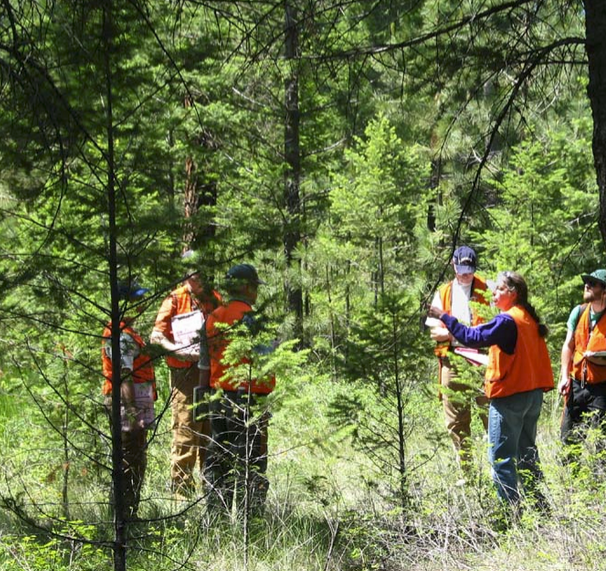
Discover resources that can assist landowners in managing and restoring forest landscapes. You can start by attending a forest stewardship planning workshop at UM Forestry Extension, where you'll have the opportunity to create a customized stewardship plan for your forest.
-
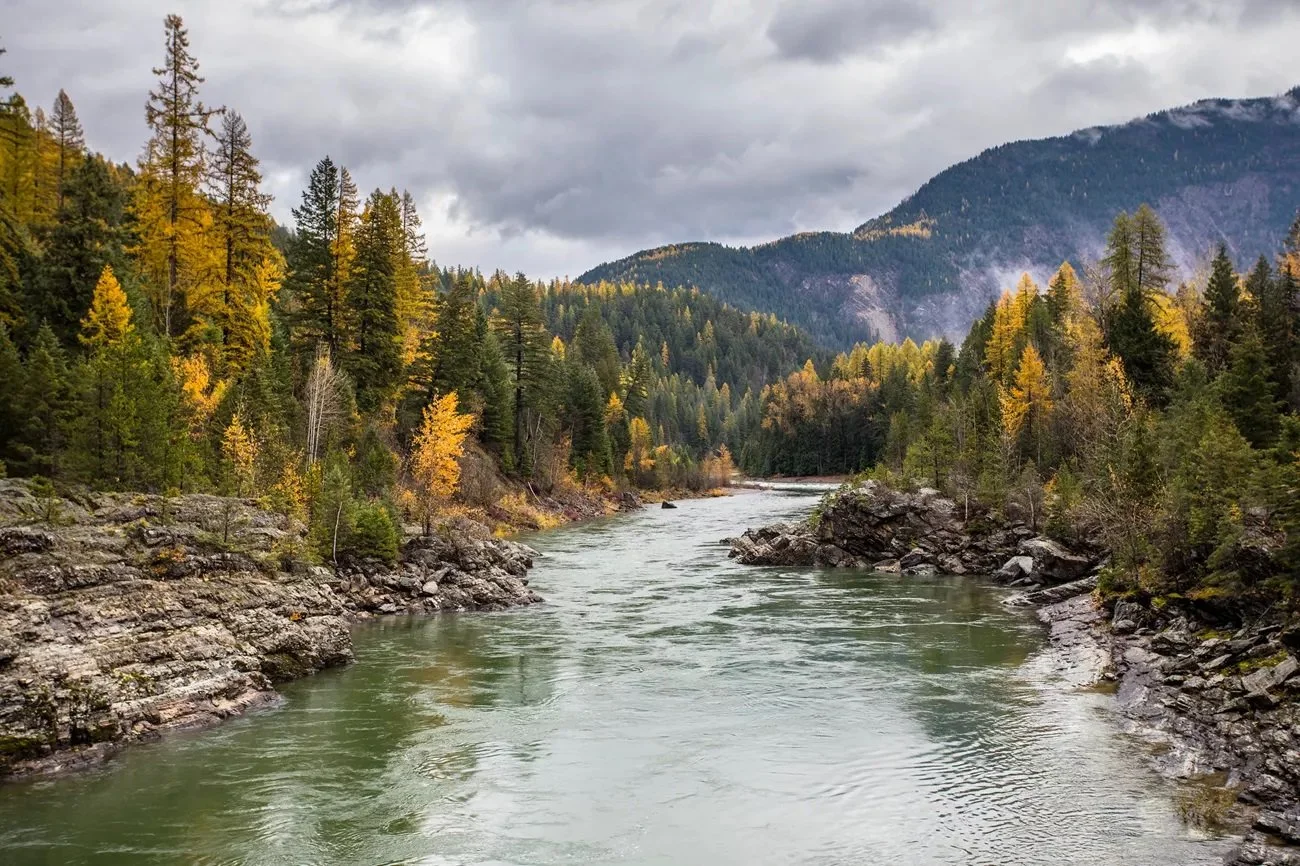
Check these Forestry Laws and Best Management Practices that help protect clean water and forest health, including Streamside Management Zone Law & Rules, Timber Slash and Debris Law & Rules, and Forest Practice Notification Law.
-
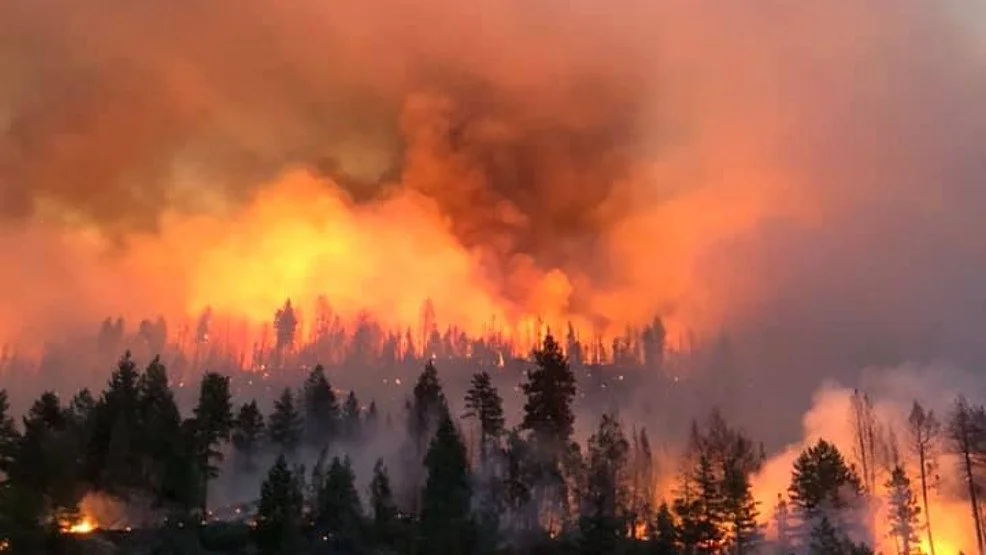
Learn ways to safeguard your property from a wildfire.
Develop a management plan to encourage healthy forests.
-

Learn about financial assistance available to private landowners for reducing wildfire risks in forests.

